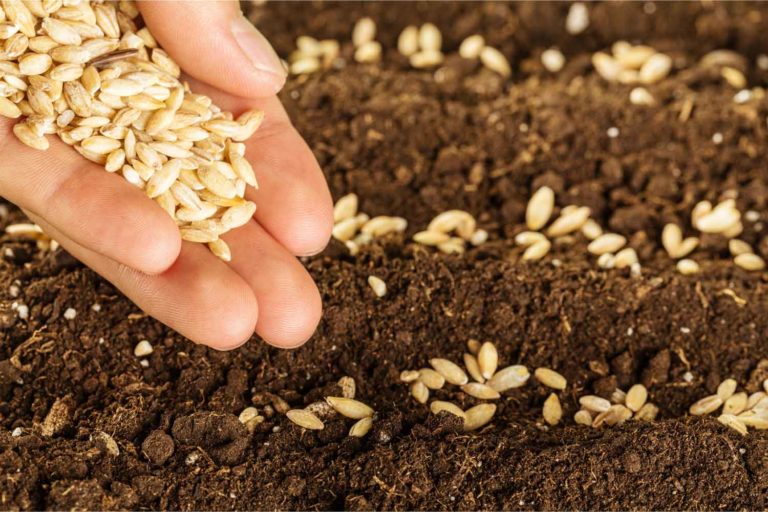
Industrial hemp growth became legal in the Lone Star State in 2019. Then, farmers rushed to get production and growth started. As many as 132,000 acres of CBD hemp grew that year alone. However, much of the hemp produced didn’t become refined into a final product.
Unfortunately, with decreased demand for CBD, as little as 40,000 acres could cover the demand across the US. 25 acres alone can produce typical yields to fill one million bottles containing one gram of CBD each. The Texas climate also hinders good hemp yields. Hemp is designed for cooler regions like the northern US and up into Canada. There is potential for farmers to switch from hemp specifically grown for CBD to hemp grown for grain, like in animal feed. However, that step is further away without some much needed change to the Texas hemp industry.
Making the Switch
Dr. Calvin Trostle is an agronomist and Texas hemp specialist at Texas A&M Agrilife Extension. He recently spoke about switching from CBD to grain production in Texas.
“The challenge we are trying to address in fiber and grain varieties is that most types are adapted to latitudes further north–Canada, Ukraine, Poland, France–and are very photo-period sensitive,” Dr. Trostle explained. “It’s not the heat units and sun they need like cotton. It’s longer summer days for growth and then increasing length of night to trigger reproduction. Plant reproduction is triggered far too early this far south.
“As an alternative crop, the hemp industry in Texas is still in its infancy,” the doctor continued. “There is a massive amount of education going on, but we’re still trying to determine what varieties are adaptive so that we can help producers avoid headaches.”
In order to help Texas hemp farmers switch from CBD to grain and fiber productions, there would be a need to invest in further research. There would also need to be lower seed costs, better genetics in hemp and improvement to the processing infrastructure. “There are very few producers who are just growers, because the grower value is only 1-2% of the retail value, which is very low by any crop standard,” Dr. Trostle said. “The ones who are succeeding are integrated vertically and may be producing organic products and capturing more of the end dollar.”
Seed costs have also soared to nearly unprofitable and unobtainable prices. For example, to seed a single acre with hemp seeds, it could cost a farmer anywhere from $1,200 to $3,500. Many farms have several acres, making it practically impossible for them to seed more than a few acres at a time. Compare this to the price of corn, which is $75 to $100 per acre to seed. Even sorghum is cheaper than that, at $8 per acre.
Future
The Texas hemp industry and production has only just begun but has already hit a few snags along the way. Hopefully with more research, and new outlets like grain and fiber, hemp can sprout in Texas. It can become the prosperous plant it can be.
Make sure to check back for more cannabis and hemp related news.